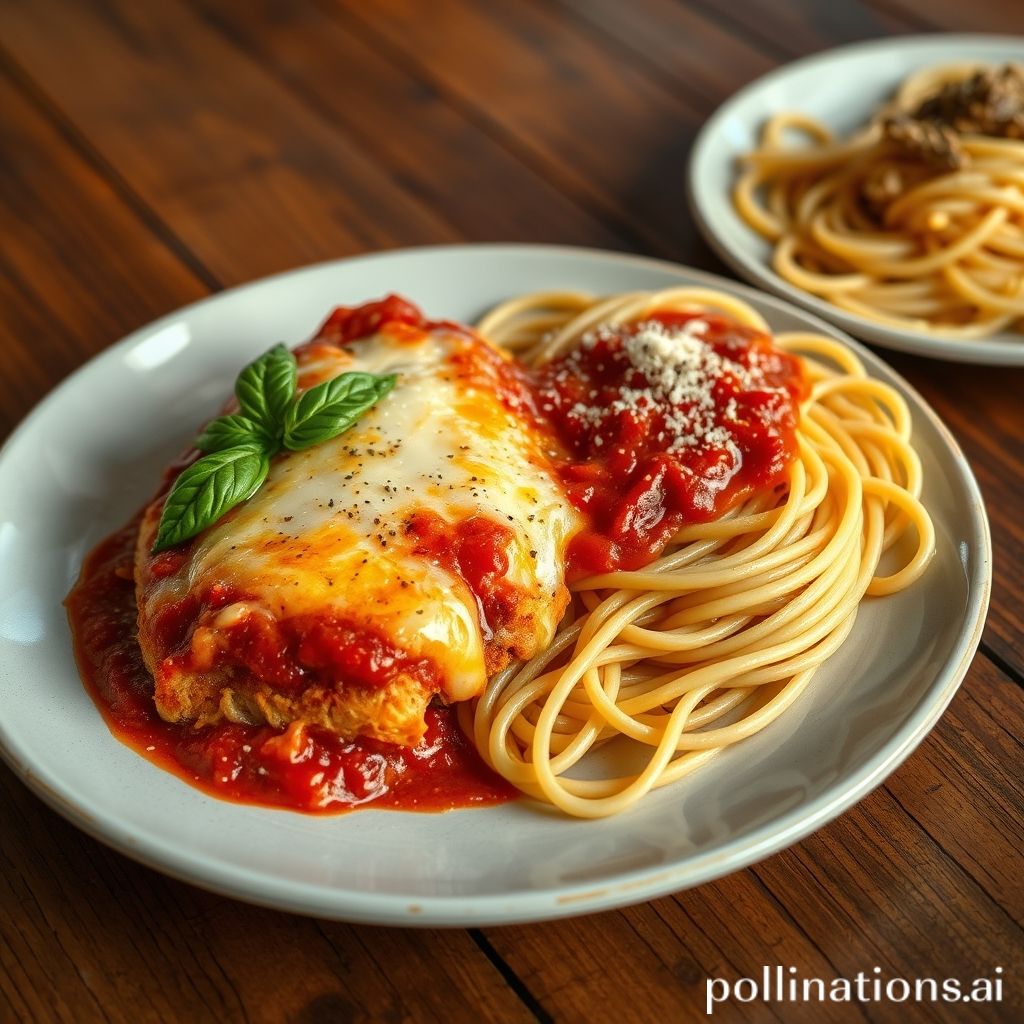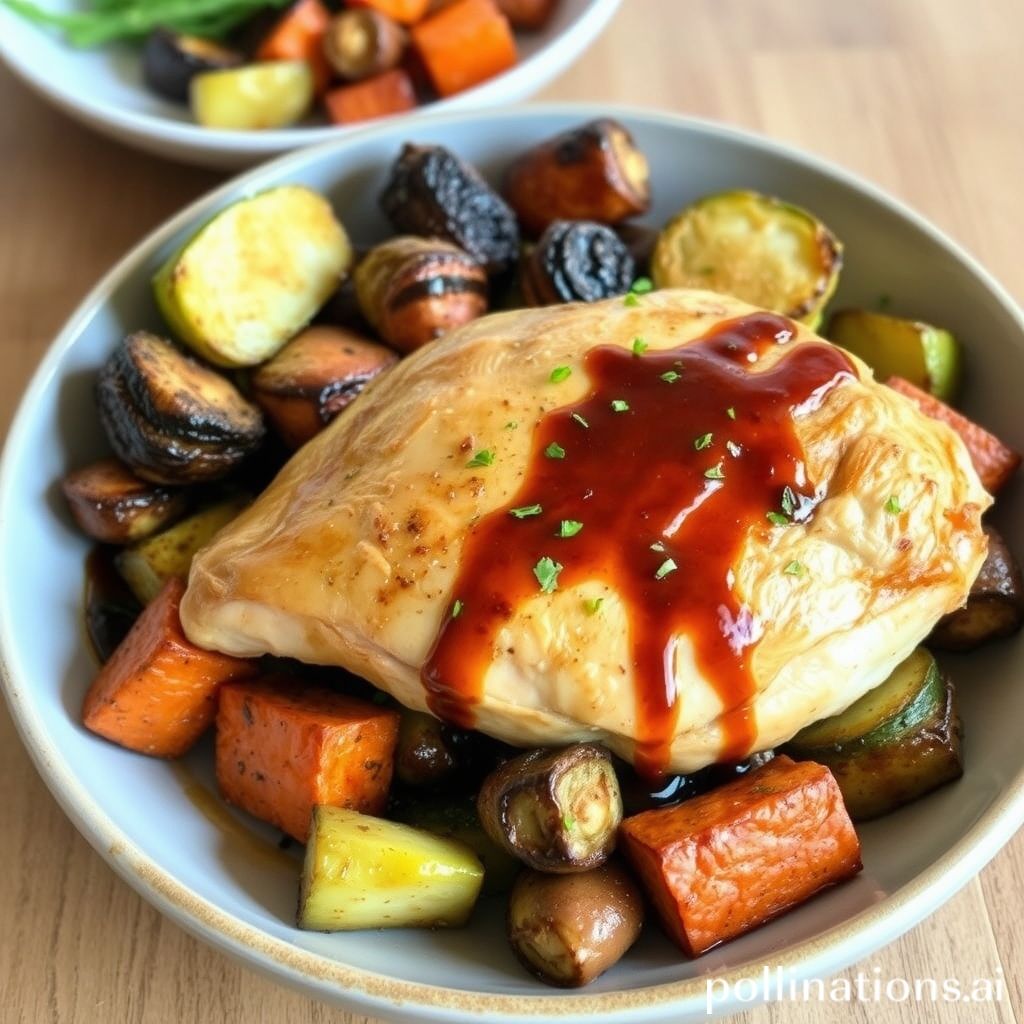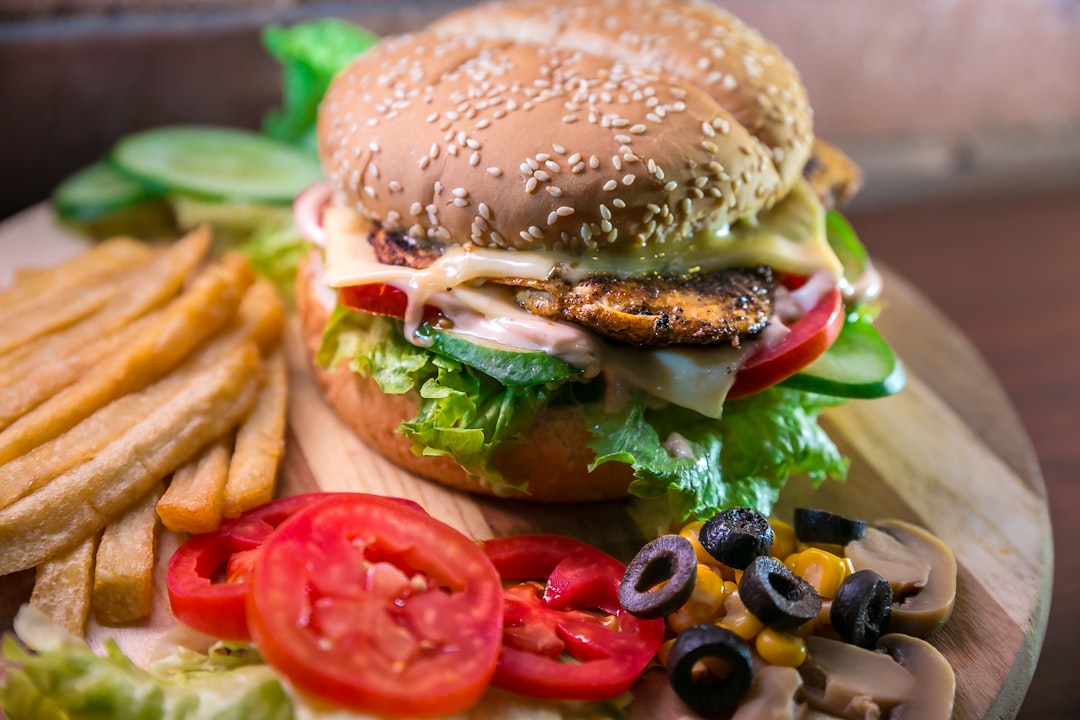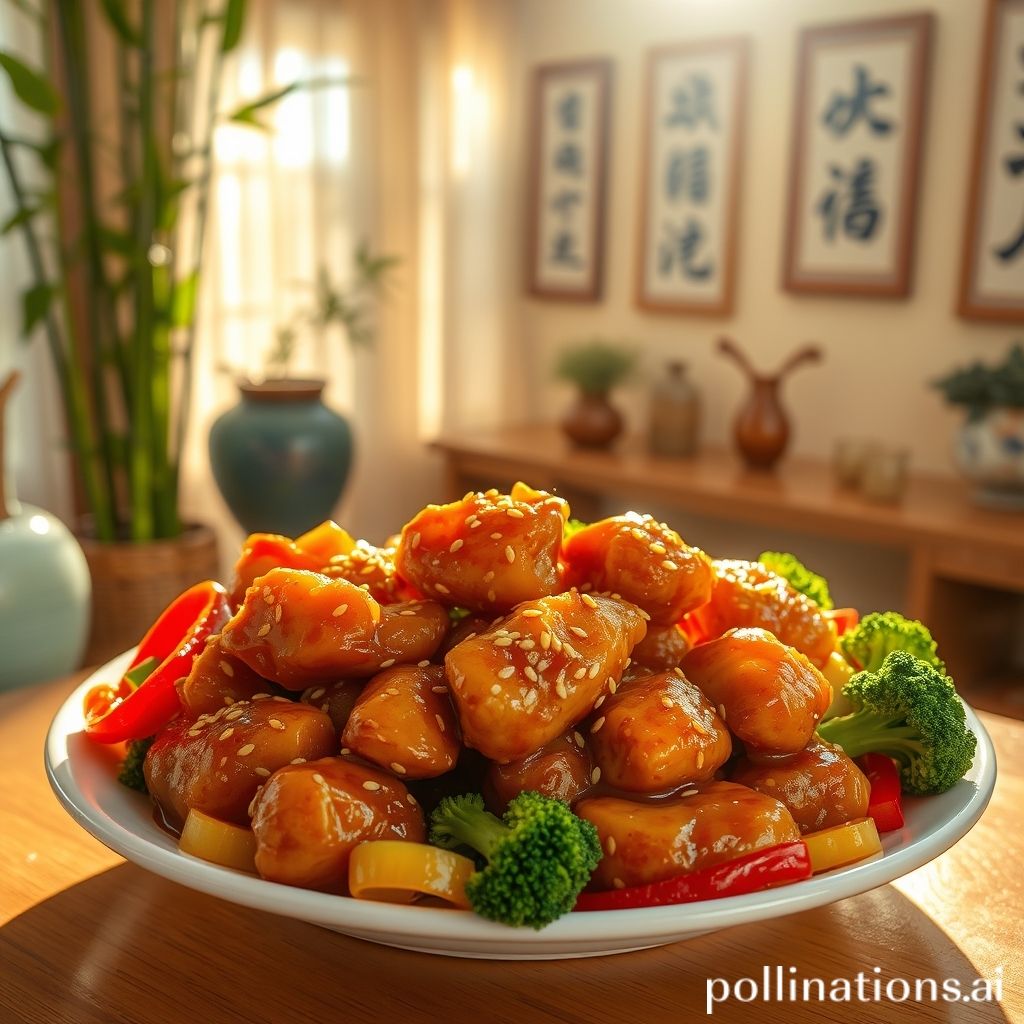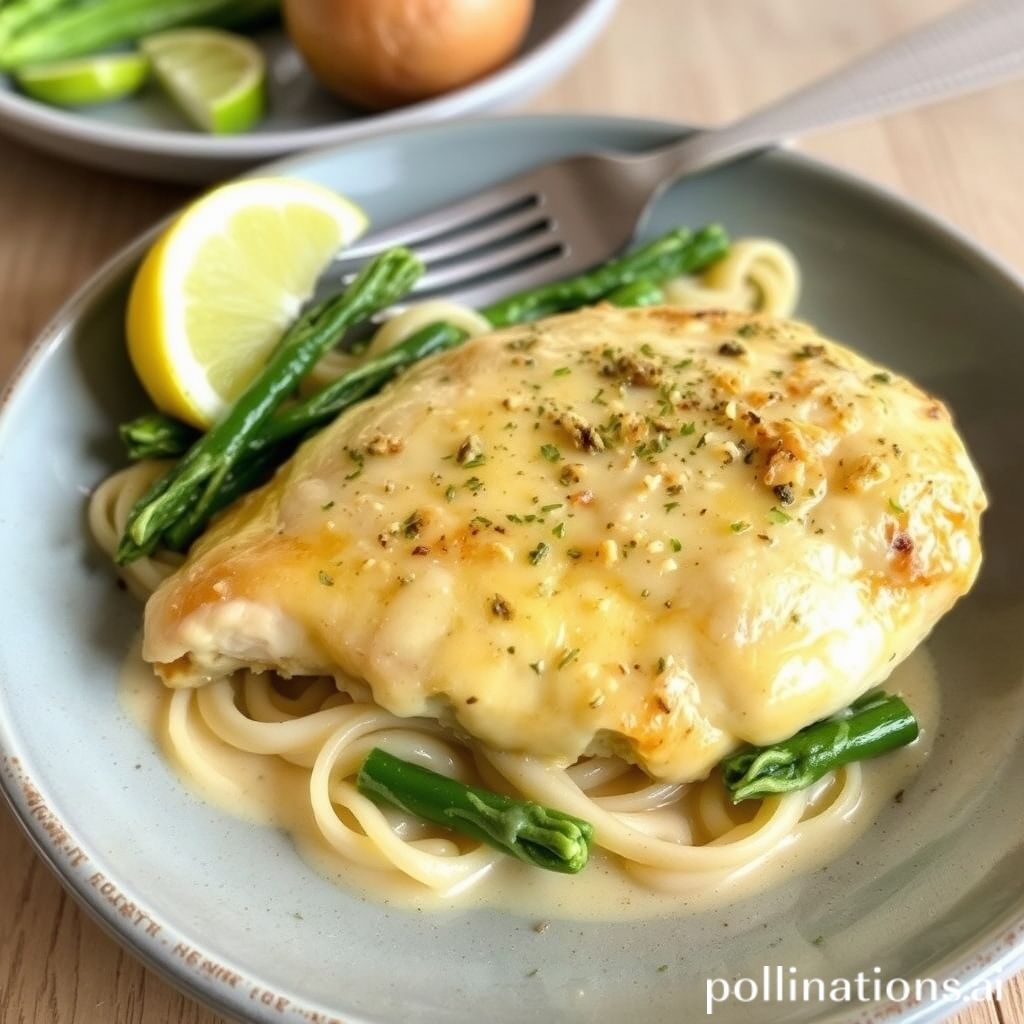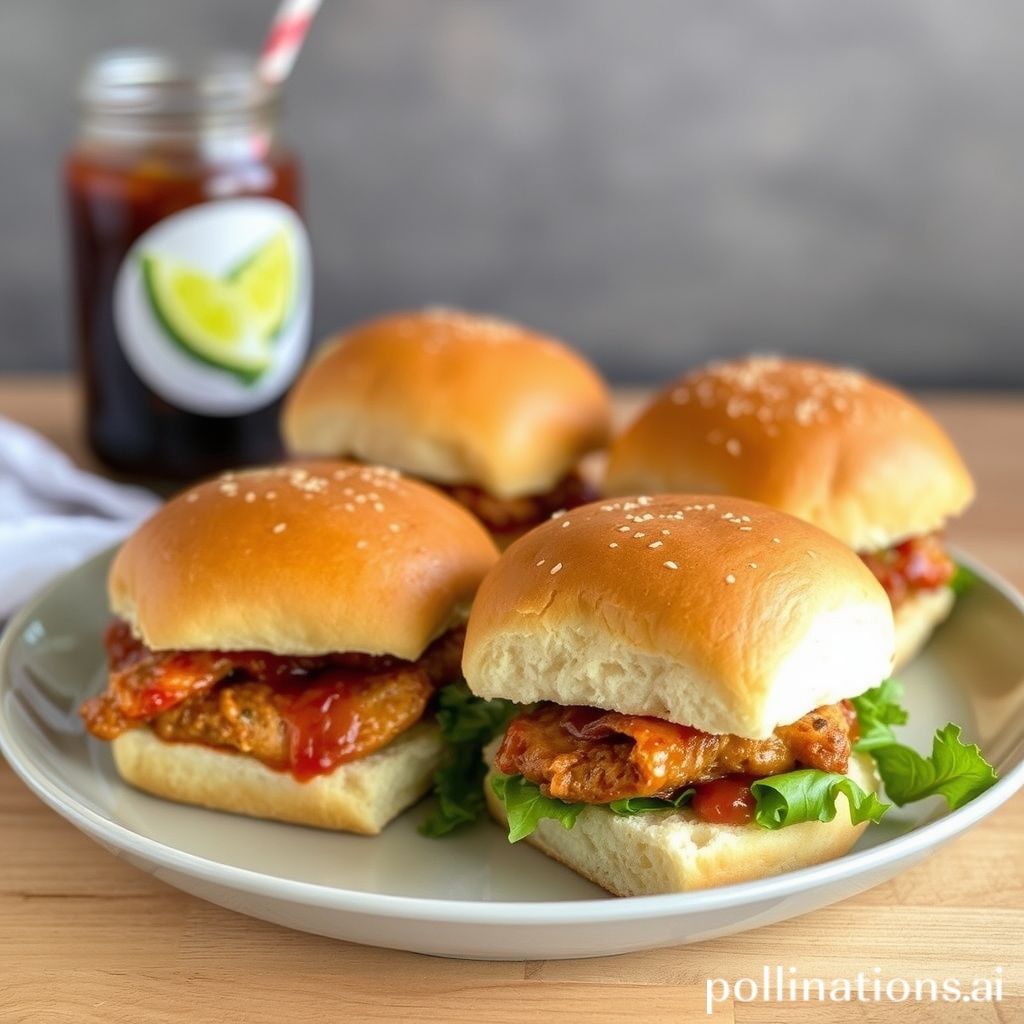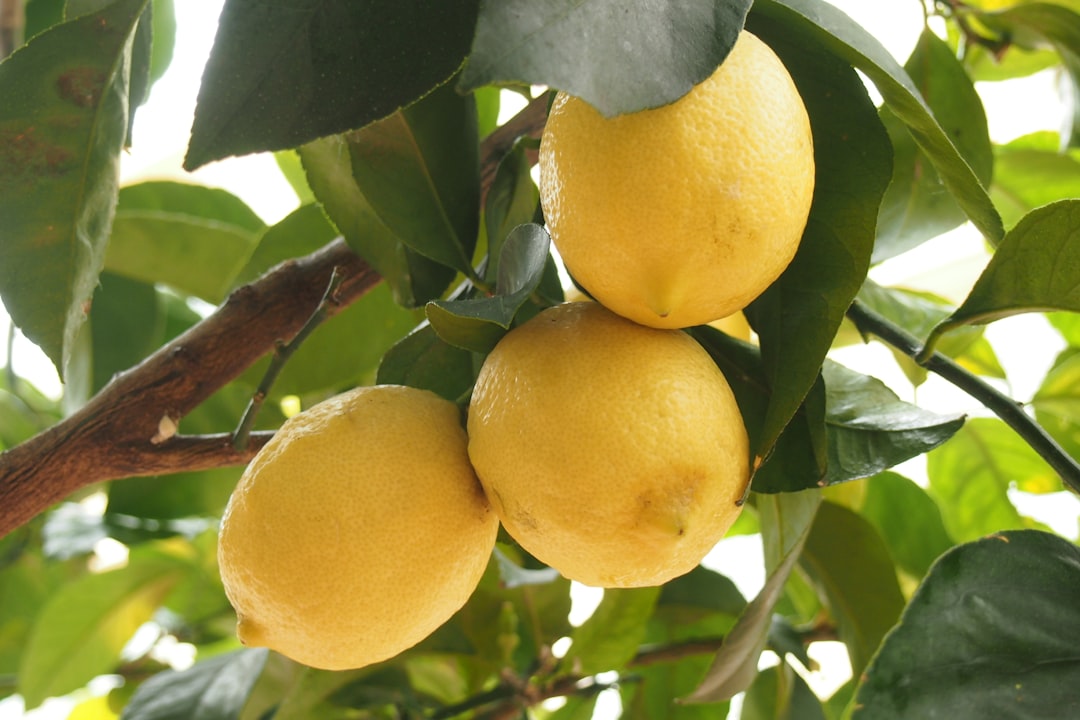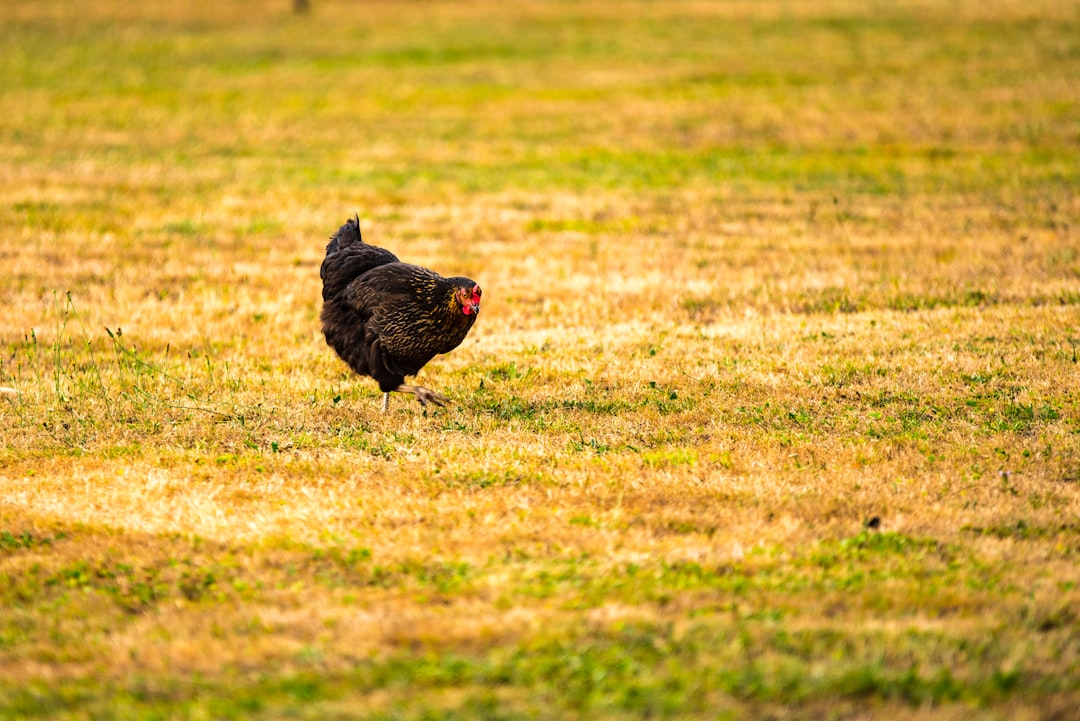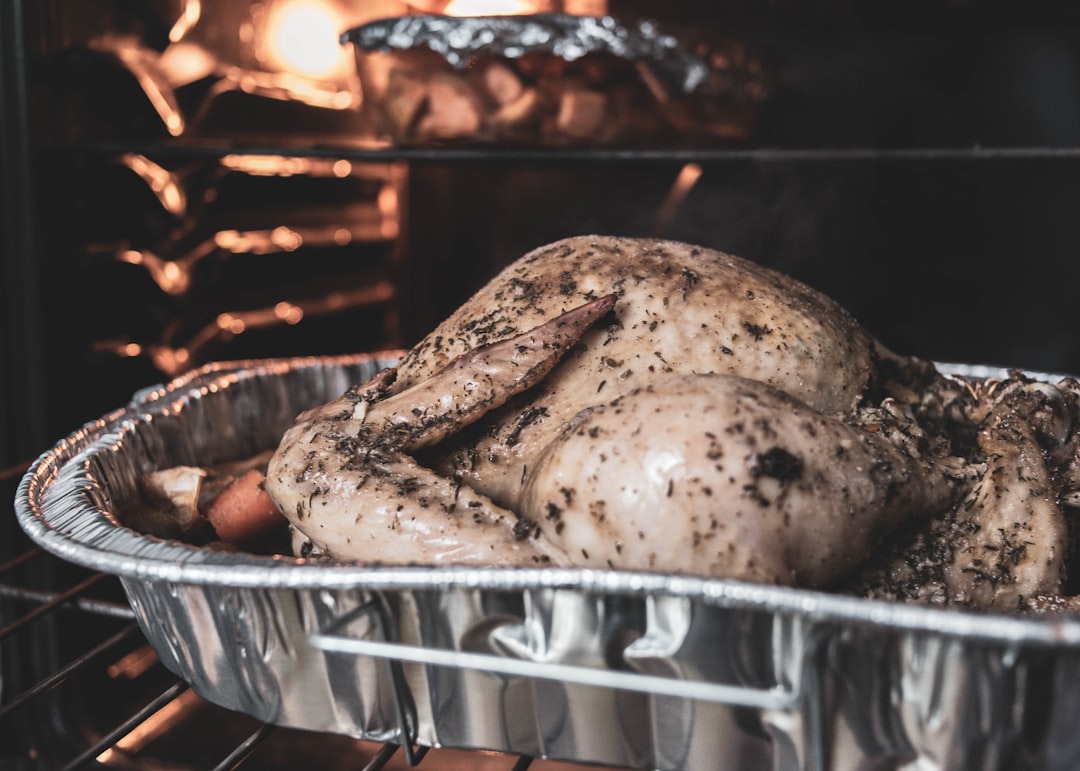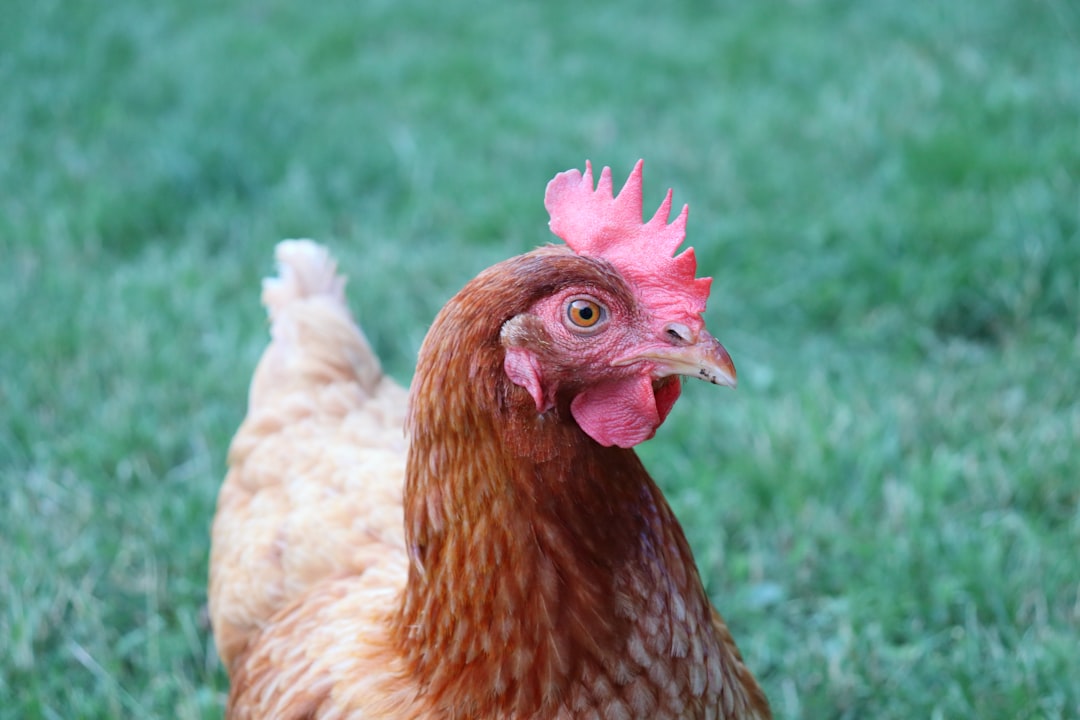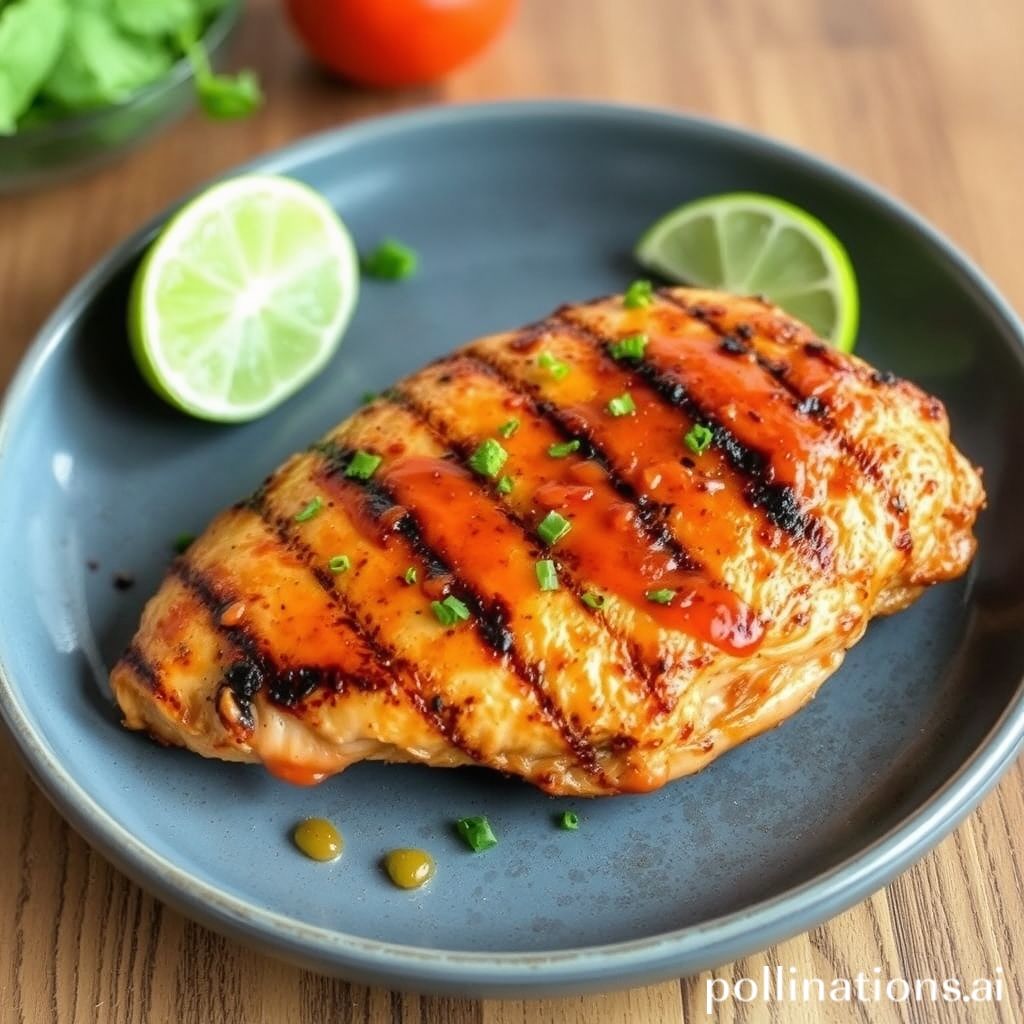Table of Contents
- Introduction
- History and Origin of Chicken Parmesan
- Traditional Ingredients Used in Chicken Parmesan
- Step-by-Step Recipe for Homemade Chicken Parmesan
- Variations on the Classic Chicken Parmesan Recipe
- Pairing Chicken Parmesan with Wines and Side Dishes
- Health Considerations and Nutritional Information for Chicken Parmesan
- Popular Restaurants Serving the Best Chicken Parmesan
- Cooking Tips for Perfectly Breaded and Baked Chicken Parmesan
- Conclusion
- Frequently Asked Questions
Introduction
The Ultimate Guide to Perfecting Chicken Parmesan
Prepare to embark on a culinary journey to master a classic comfort dish that has won hearts across the globe. Imagine tender, juicy chicken cutlets enveloped in crisp breadcrumbs, perfectly melted cheese, and a rich tomato sauce that marries all flavors seamlessly. Welcome to “The Ultimate Guide to Perfecting Chicken Parmesan: Tips, Tricks, and Recipes”—your indispensable manual for culinary success.
Whether you’re a seasoned chef or an enthusiastic beginner, this guide promises to transform your kitchen into a haven where each Chicken Parmesan you craft is a masterpiece. We’ll dive deep into the details, starting with the essential components: crispy chicken, savory tomato sauce, and ooey-gooey cheese. Along the way, we’ll share secrets that elevate your dish, from the choice of ingredients to time-tested techniques that ensure your Chicken Parmesan stands out.
If you’ve ever found yourself intimidated by the finesse of this classic dish, fear not! Our step-by-step guide will not only demystify the process but will also uncover the artistry behind each ingredient’s role in creating an unforgettable eating experience.
History and Origin of Chicken Parmesan
Chicken Parmesan, also known as Chicken Parmigiana, is a popular Italian-American dish that is both hearty and flavorful. Its origins can be somewhat elusive, intertwining the culinary traditions of several cultures. The dish is believed to have evolved from the classic Italian dish ‘melanzane alla Parmigiana,’ or Eggplant Parmesan, which hails from the southern regions of Italy, such as Campania and Sicily. Italian immigrants brought the recipe to the United States, where chicken, being more readily available and affordable, replaced the eggplant.
The name ‘Parmesan’ refers to the use of Parmesan cheese, which is a staple in Italian cuisine. Over time, Chicken Parmesan has become a quintessential dish in Italian-American households, often served in restaurants and at family gatherings. It typically consists of breaded and fried chicken cutlets topped with tomato sauce and mozzarella cheese before being baked to melt everything together. The dish has found its way into a variety of culinary settings, from classic diners to upscale eateries. As Italian-American cuisine continued to grow in popularity throughout the 20th century, Chicken Parmesan became a beloved comfort food, representing both cultural heritage and culinary adaptability.
Traditional Ingredients Used in Chicken Parmesan
Chicken Parmesan, a beloved Italian-American dish, is cherished for its comforting flavors and satisfying textures. At the heart of this classic recipe lies a selection of traditional ingredients that create its distinctive taste. The core component, chicken breast, is typically pounded to an even thickness and coated with a seasoned breadcrumb mixture. This forms a crispy outer layer once fried to a golden brown. Egg wash serves as a binding agent, ensuring the breadcrumbs adhere firmly to the chicken.
A rich tomato sauce, infused with aromatic garlic and herbs like basil and oregano, complements the chicken’s crispy coating. The sauce adds moisture as well as a depth of flavor to the dish. Parmesan cheese, which lends the dish its name, is sprinkled generously, providing a robust umami taste. Additionally, mozzarella cheese is often layered or melted on top, delivering a creamy, gooey texture that balances the tanginess of the tomato sauce.
Pasta, such as spaghetti or linguine, is commonly served alongside Chicken Parmesan, but bread can also be used to create a delightful sandwich variation. The combination of these traditional ingredients results in a dish that is both hearty and satisfying, making it a staple in many households.
Step-by-Step Recipe for Homemade Chicken Parmesan
Creating a homemade Chicken Parmesan can be a delightful culinary adventure. Begin by preheating your oven to 400°F (200°C) and gathering your ingredients, which include chicken breasts, breadcrumbs, eggs, Parmesan cheese, mozzarella cheese, marinara sauce, salt, pepper, and olive oil. First, season the chicken breasts with salt and pepper. Next, prepare a dredging station with three bowls: one with beaten eggs, another with a mixture of breadcrumbs and grated Parmesan cheese, and the third left empty for the breaded chicken.
Dip each chicken breast in the egg, then coat it in the breadcrumb-Parmesan mixture. In a skillet, heat olive oil over medium heat and fry the chicken until golden brown on both sides, which usually takes about 4 to 5 minutes per side. Transfer the chicken to a baking dish. Pour marinara sauce over each piece, then sprinkle with mozzarella cheese.
Bake in the preheated oven for about 20 minutes, until the cheese is bubbly and golden. Let the Chicken Parmesan cool for a few minutes before serving. Enjoy your homemade creation with a side of pasta or a fresh salad for a complete meal that’s sure to impress.
Variations on the Classic Chicken Parmesan Recipe
Chicken Parmesan is a classic dish that has inspired numerous variations to cater to diverse taste preferences. While the traditional recipe involves breaded chicken breast topped with marinara sauce and melted cheese, chefs around the world have reinvented this beloved dish in creative ways.
One popular variation is the “Skinny Chicken Parmesan,” which skips the breading for a lighter meal. Instead, the chicken is grilled or baked and then topped with fresh tomatoes, basil, and a sprinkle of low-fat mozzarella.
For those craving a touch of heat, the “Spicy Chicken Parmesan” incorporates red pepper flakes or slices of jalapeño into the tomato sauce, adding a fiery kick that pairs well with the creamy cheese.
Vegetarian options like “Eggplant Parmesan” or “Portobello Mushroom Parmesan” have also gained popularity, offering the same rich flavors as the traditional dish without the meat.
Another twist is the “Chicken Parmesan Sandwich,” where the chicken, sauce, and cheese are sandwiched between crusty bread, making it a convenient and tasty option for on-the-go dining.
These creative variations ensure that there is a Chicken Parmesan style for every palate, making it a versatile favorite.
Pairing Chicken Parmesan with Wines and Side Dishes
Chicken Parmesan is a delectable dish that combines juicy chicken breast, marinara sauce, and melted cheese, making it a favorite for many. When considering wine pairings, the dish’s rich flavors call for a wine that can complement its savory profile. A classic choice is Chianti, a red wine that brings out the marinara sauce’s depth without overpowering the cheese or crispy chicken. Alternatively, a Chardonnay can offer a delightful contrast, its creamy undertones enhancing the chicken’s tenderness.
Pairing side dishes with Chicken Parmesan can elevate the dining experience. Garlic bread is a perfect companion, providing a crunchy texture to balance the dish’s softness. Steamed vegetables like broccoli or zucchini add a healthy touch and their subtle flavors won’t compete with the main dish. For a heartier option, serve the Chicken Parmesan with a side of spaghetti aglio e olio, where the pasta’s simplicity accentuates the chicken’s rich taste. Lastly, a fresh garden salad with a light vinaigrette not only complements the flavors but also adds color and freshness to your plate.
Health Considerations and Nutritional Information for Chicken Parmesan
Chicken Parmesan is a popular Italian-American dish, but it’s important to consider its nutritional aspects and how it fits into a balanced diet. This dish typically consists of breaded chicken cutlets, topped with tomato sauce and melted cheese, often served with pasta or bread. From a nutritional standpoint, Chicken Parmesan can be a good source of protein, thanks to the chicken breast. However, the breading and frying process can increase its calorie content significantly.
When evaluating the health implications of Chicken Parmesan, it’s essential to consider portion size and preparation methods. Opting for baked instead of fried chicken can reduce fat content. Additionally, using whole grain breadcrumbs and mozzarella cheese can increase fiber and lower saturated fats.
The tomato sauce adds vitamins A and C, but it can also contain added sugars and sodium, so choosing a homemade or low-sodium option can enhance its health profile. Ultimately, enjoying Chicken Parmesan in moderation, alongside a portion of vegetables or a salad, can make it a more balanced meal option. Mindful ingredient choices and preparation methods allow for this classic dish to be enjoyed as part of a nutritious diet.
Popular Restaurants Serving the Best Chicken Parmesan
Chicken Parmesan, a classic Italian-American dish, features a deliciously breaded chicken cutlet topped with rich marinara sauce and melted cheese. It’s a staple in many Italian eateries and there are a few standout restaurants where this dish is elevated to new heights.
One such spot is Carmine’s in New York City, renowned for its hearty servings and authentic flavors. Their Chicken Parmesan is a must-try, with perfectly crisped breading and generous layers of cheese. For those on the West Coast, Maggiano’s Little Italy is a favorite, offering a rendition that balances the tangy sauce with a delightfully crunchy chicken crust.
Heading to Chicago? Try La Scarola, a cozy Italian restaurant known for its homely atmosphere and mouthwatering Chicken Parmesan, which boasts flavors that transport diners to Italy with every bite. In Philadelphia, Ralph’s Italian Restaurant tops the list. With its century-long legacy, Ralph’s serves a Chicken Parmesan that offers a perfect blend of tradition and taste, making it a local favorite.
These establishments, among others, continue to delight patrons with their exceptional takes on Chicken Parmesan, each adding a unique twist to this beloved dish.
Cooking Tips for Perfectly Breaded and Baked Chicken Parmesan
Chicken Parmesan, a beloved classic, can be elevated with the right cooking techniques to achieve a perfectly breaded and baked result. Start by choosing thinly sliced chicken breasts, as they cook more evenly and quickly. Before breading, ensure the chicken is dry by patting it with paper towels. This helps the flour adhere better, which in turn ensures the egg wash sticks effectively. For the breading mix, combine equal parts of breadcrumbs and grated Parmesan cheese, enhancing flavor while providing a crispy texture. Season the flour and breadcrumb mixture with Italian herbs such as oregano and basil for added depth.
When baking, preheat the oven to a consistent 400°F (200°C) to ensure even cooking. Use a wire rack placed on a baking sheet, allowing hot air to circulate around the chicken, resulting in a crisper crust. For added moisture and flavor, consider lightly drizzling olive oil over the breaded chicken before baking. Bake until the chicken reaches an internal temperature of 165°F (74°C), ensuring it’s fully cooked and tender inside. For a delightful twist, top with marinara sauce and mozzarella cheese in the final minutes of baking, letting the cheese melt and bubble to perfection.
Conclusion
In conclusion, Chicken Parmesan represents the rich tapestry of Italian-American culinary tradition, rooted in its evolution and adaptability. By embracing both the classic elements and contemporary variations, home cooks and food enthusiasts alike can celebrate a dish that is versatile and comforting. Whether you opt to experiment with lighter versions or indulge in a traditional preparation, Chicken Parmesan stands as a testament to the enduring appeal of Italian-American cuisine.
Craving more inspiration in your kitchen? Discover “The Chicken Bible: Say Goodbye to Boring Chicken with 500 Recipes for Easy Dinners, Braises, Wings, Stir-Fries, and So Much More.” This comprehensive guide will transform your cooking repertoire with an extensive array of chicken recipes designed to excite your palate and simplify your meal planning. Don’t miss out on this culinary treasure trove! Click here to purchase your copy today!

